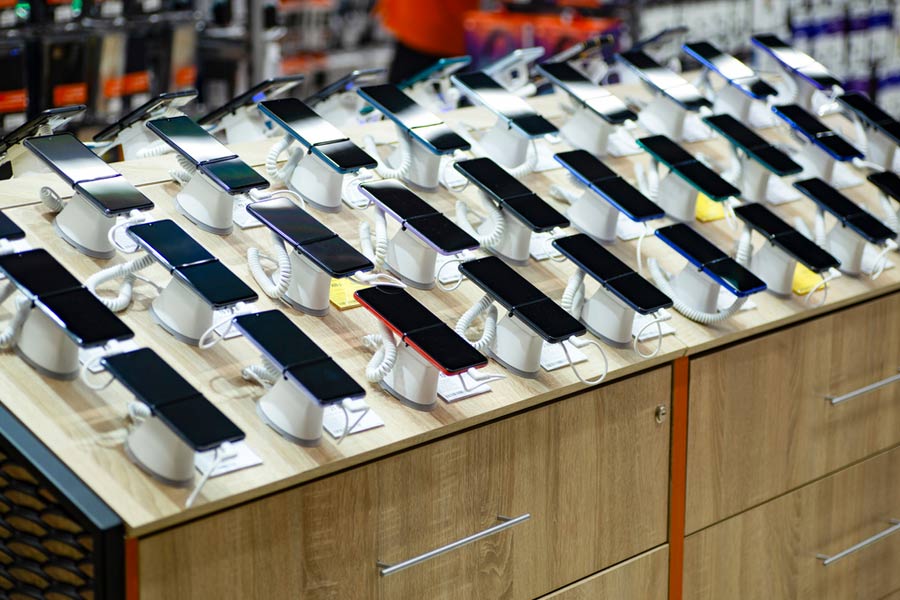After using nearly every virtual reality headset made in the last seven years, including the latest $1,500 goggles from Meta, I’ve seen the best of what the metaverse could offer.
Yes, the best is already here and has been for quite some time. It’s video games.
Zuckerberg and other tech executives want us to buy these gadgets to live out their fantasy that the metaverse will be an immersive virtual world where we shop, socialise and work. But consumers shouldn’t necessarily follow the whims of business leaders.
Gaming has been the most compelling use of these headsets since the Oculus Rift arrived in 2016. The introduction of that contraption, a clunky headset that plugged into a personal computer, marked the debut of mainstream virtual reality, and the early wave of applications was focussed on this kind of entertainment. Based on extensive testing of that device, along with the myriad competitors that came after and the new Meta Quest Pro, it seems safe to conclude that the tech has found its sweet spot.
The headsets are wearable, immersive video game consoles. People should buy them for the same reasons they get PlayStations and Nintendos: to be entertained and to find brief escapes from the real world — not to live out the outlandish dreams of tech leaders.
Meta envisions that high-resolution headsets, new business-focussed software and superfast Internet connections will transform the way we work, collaborate and create art. It could unlock “net new use cases”. Yet when asked, the product’s leaders couldn’t name a “killer app” for the fancy new headgear.
“We’ll learn with developers once the device is in the market,” said Anand Dass, a director at Meta.

Meta’s sales pitch for the Quest Pro is the potential for it to be life-changing by enabling tasks that couldn’t be done before. A compelling narrative, but a vision that has yet to be realised.
I strapped on the Quest Pro to see what was new. Meta highlighted three features: the headset’s higher-resolution displays, which have quadruple the number of pixels of its predecessor, the $400 Quest 2; the array of cameras embedded into the headset, which can now create a real-time rendering of your facial expressions and eye movements; and new motion controllers with improved pressure sensitivity so you can squeeze a virtual object gently or grab it aggressively.
My favourite virtual-reality game, Blaston, which was released in 2020 and involves players shooting one another in a virtual arena, would probably benefit from the improved motion controllers to make trigger squeezes for the different guns more realistic. PokerStars VR, where gamers gather around a virtual card table to play Texas Hold ’em, would be more fun if we could pick up tells through each player’s facial expressions.
By the end of the demo, I was also doubtful that I would get any work done with this headset. In a promotional video for the product, Meta suggested that the Quest Pro could be a multitasking tool for workers juggling meetings while scrolling through emails and other tasks. But the device’s battery lasts only one to two hours, according to Meta. An hour or two of battery life is fine for one thing, though. You guessed it: gaming.
Not even Meta seems to believe many people will buy the Quest Pro. It said the device’s target audience would be early adopters, designers and businesses. If you fall into any of those camps, I recommend a wait-and-see approach to gauge whether useful virtual-reality applications become available for your profession.
The company left a more obvious niche off its target list: hard-core gamers willing to spend lots of money on every piece of new gaming hardware. In addition to providing access to high-resolution virtual reality games made for the Quest Pro, the headset will work with hundreds of games already made for the Quest 2.
Many of those older Quest 2 titles are quite good. Games that get your heart pumping and make you break a sweat, like Beat Saber and FitXR, which both involve swinging your arms around to hit objects, are a boon in an era when people need to wear smartwatches to remind them to stand up.
None of this is a bad thing. The fact that we can get visually stunning, immersive gaming in a lightweight, wireless headset means virtual reality has come a long way in less than a decade. For now, that’s the only reason to buy one of these.
NYTNS










